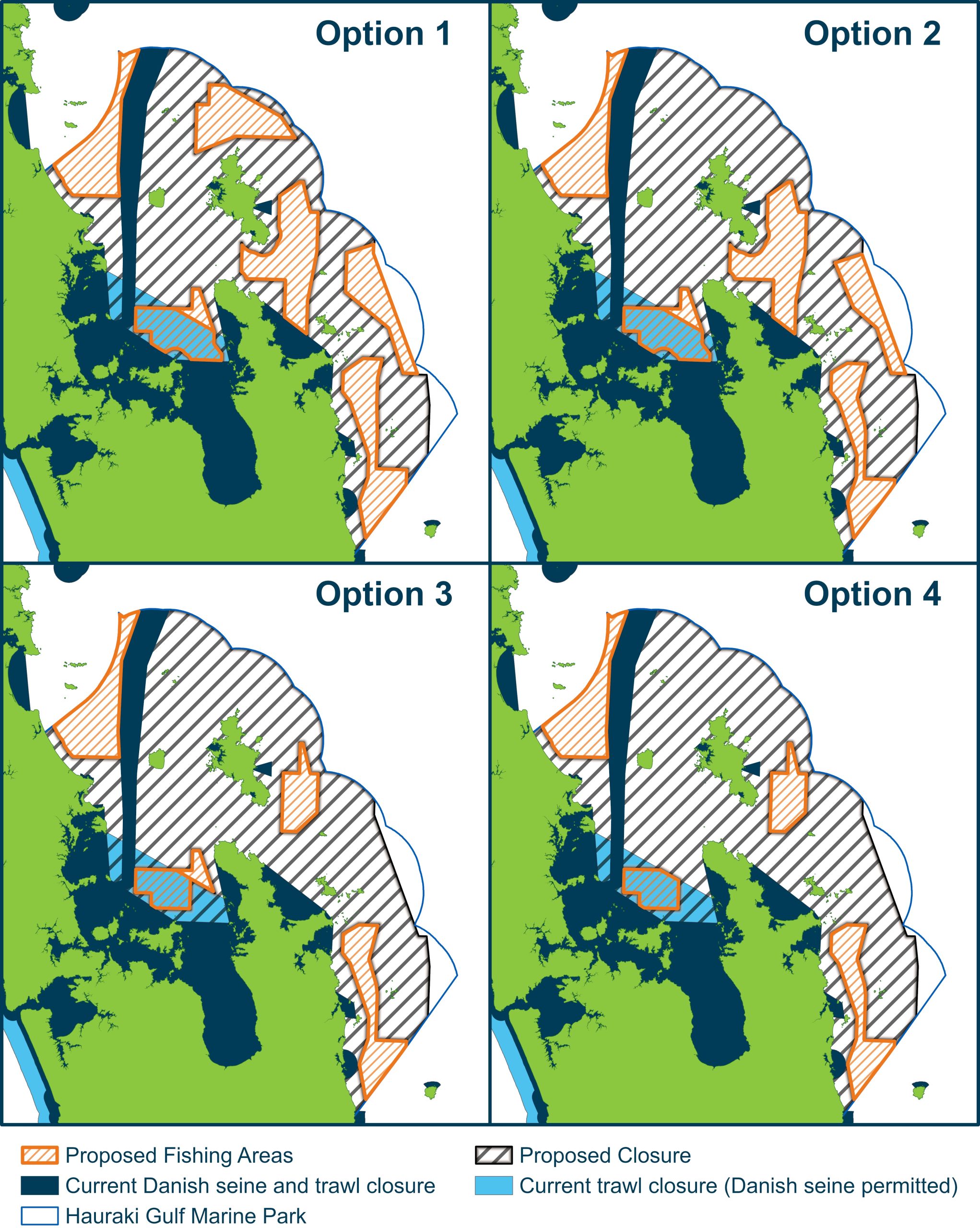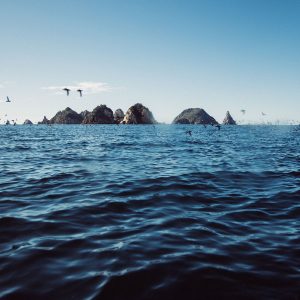A battle is being fought between prioritising the health of the Hauraki Gulf Marine Park for future generations and degrading the seafloor for the short term gain of commercial interests.

Fisheries New Zealand (FNZ) originally planned to close public consultation on the proposed ‘trawl corridors’ on 6 November. Four options were presented, all allowing for the continued use of destructive fishing methods, including bottom trawling and Danish seining, in the Hauraki Gulf Marine Park. They will now accept submissions up to 4 December. We’re unlikely to get a decision from FNZ until 2024.
FNZ refuse to acknowledge the widespread benthic damage caused by the use of these destructive mobile, bottom contact fishing methods for more than a hundred years.
LegaSea worked with the New Zealand Sport Fishing Council fisheries management team, and other organisations to develop a detailed submission by early November. There is extensive scientific evidence and widespread public support that bottom trawling, Danish seining, and dredging must be banned from the entire Marine Park.
New maps received late in the consultation process show that the zones proposed as ‘trawl corridors’ align with areas that are currently heavily trawled. In other words, not much changes. The ‘trawl corridors’ help maintain the status quo with no catch reductions.
This reaffirms our concerns that the proposals and consultation have been unjustly prejudiced towards the commercial industry’s wants and needs. Yet there is clear evidence that after a century of trawling, the marine environment is severely degraded and not as productive.
Since 2008 there’s been a trawl exclusion zone on the west coast of the North Island to protect the critically endangered Māui dolphin. Since then, the snapper population has more than doubled in size.
This gives us hope of what can be achieved if mobile, bottom contact fishing is banned, allowing marine life to thrive.
It’s inspiring to think that if we can ban destructive methods from the Hauraki Gulf Marine Park then we can set a precedent for restoring the remainder of New Zealand’s inshore environment. Please, go here to make a submission before 4 December.





